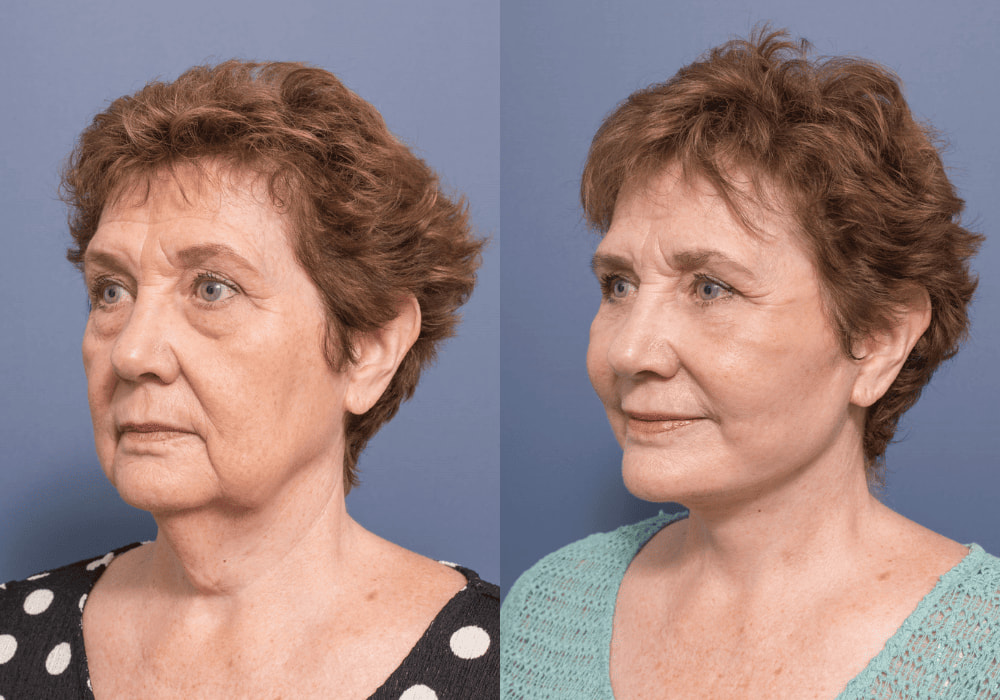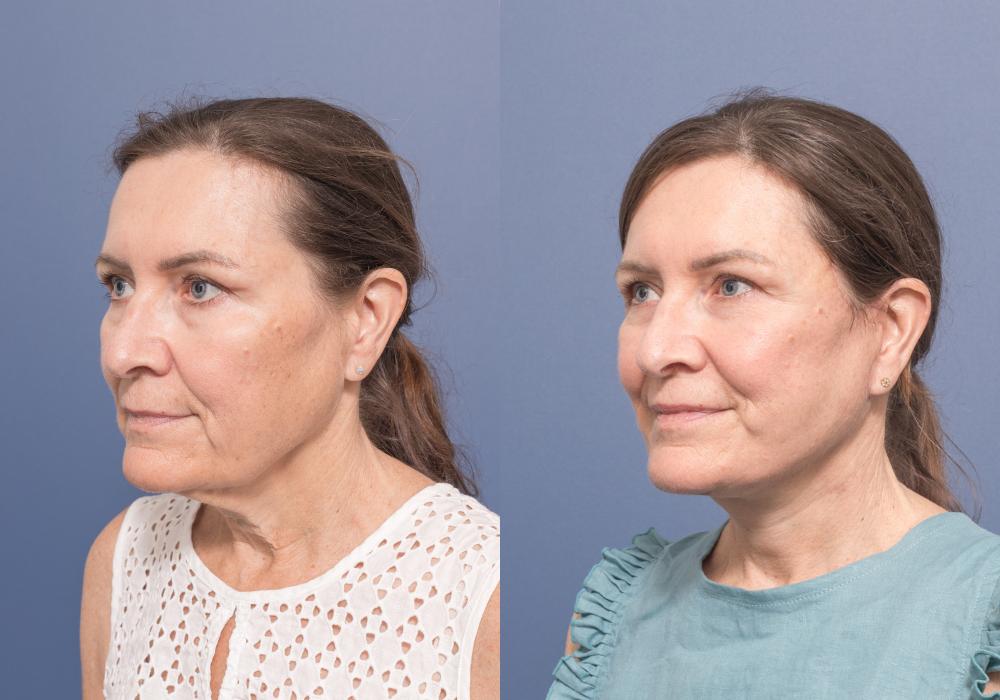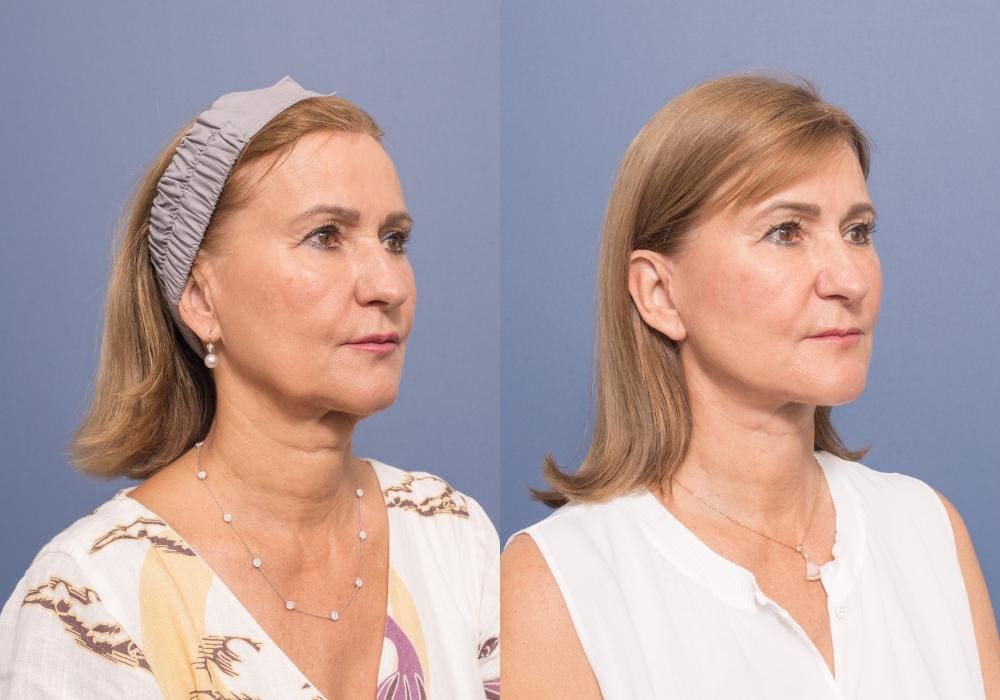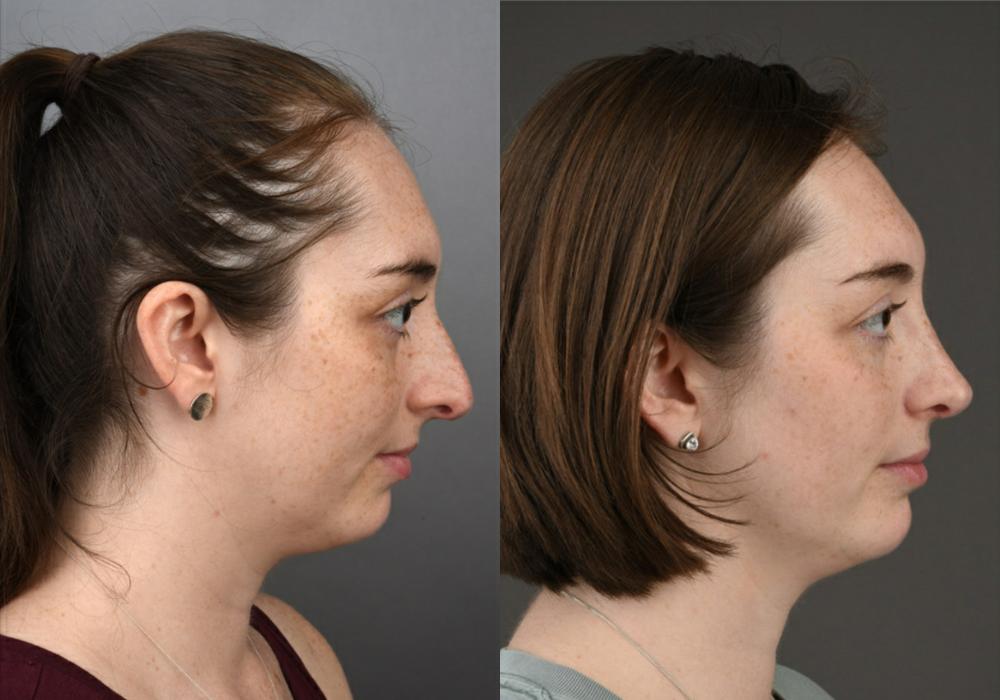
Revision rhinoplasty aims to correct undesirable results from a previous rhinoplasty.
If you are dissatisfied with a previous rhinoplasty or have other concerns, consider a revision rhinoplasty!
What is Revision Rhinoplasty?
Revision rhinoplasty is performed to improve the appearance and function of the nose, which may have been compromised during a previous surgery.
Individuals seek revision rhinoplasty for various reasons. Some are dissatisfied with the results of their initial rhinoplasty, while others experience functional issues such as breathing problems. Common reasons for seeking revision rhinoplasty include:
- Aesthetic concerns: Individuals may be unhappy with the shape, size, or symmetry of their nose after the initial surgery. They may want to improve the overall appearance of the nose, remove a residual hump, straighten a crooked nose, or refine the nasal tip.
- Functional issues: Individuals may experience breathing problems due to collapse of the nasal walls, a deviated septum, or other structural issues. Revision rhinoplasty can correct these issues and improve the nasal airway.
- Unsatisfactory results: Individuals may not have achieved the desired outcome from their primary rhinoplasty, leading them to seek revision surgery to address the remaining issues.
- Trauma or injury: Individuals may have experienced trauma or injury to the nose after the initial surgery, leading to deformities or functional issues that require revision rhinoplasty.
It’s important for individuals to have realistic expectations and to communicate their concerns and goals with Dr. Honeybrook during the consultation process to ensure the best possible outcome from their revision rhinoplasty procedure.
What to Expect During a Revision Rhinoplasty Consultation
During a revision rhinoplasty consultation with Dr. Honeybrook, individuals can expect a comprehensive evaluation and discussion of their aesthetic and functional goals. Dr. Honeybrook will perform a thorough nasal examination, which may include in-office nasal endoscopy to assess the nasal airway and the current state of the nasal structures.
To help individuals better understand their desired outcome, Dr. Honeybrook may use 3D imaging and morphing technology to simulate what the desired result may look like. Individuals will be advised on the importance of having realistic expectations, and Dr. Honeybrook will discuss the possible need for donor cartilage from the patients own rib or ear or a homologous donor.

Dr. Honeybrook will explain the procedure in detail, including the best approach to achieve the individual’s goals. Patients can expect a thorough and personalised consultation with Dr. Honeybrook, where their individual goals and concerns are addressed, and a treatment plan is created to achieve their desired outcome.
The Complexities of Revision Rhinoplasty
Revision Rhinoplasty is a complex surgical procedure that is often more challenging than primary rhinoplasty. One of the reasons why it takes longer to perform a revision rhinoplasty is because the nasal anatomy has already been altered during the previous surgery. This often requires the surgeon to carefully navigate through dense scar tissue, which can complicate the procedure.
In addition, revision rhinoplasty often requires additional cartilage grafts to reconstruct the nasal structure and provide support to the nose. This cartilage can be harvested from the individual’s own body, such as the nasal septum or rib, or from a cadaveric homologous donor.
Revision rhinoplasty can involve correcting significant alterations in the nasal anatomy, including changes to the nasal bones, cartilage, and soft tissues. Careful planning and execution are required to achieve a satisfactory outcome.
Why There is Often a Need for Donor Cartilage to Perform Revision Rhinoplasty
Revision rhinoplasty often requires the use of donor cartilage to restore the nasal structure and function. The most common areas for donor cartilage are the nasal septum, ear, or rib. Furthermore, homologous irradiated rib from another human can be used which saves the individual the donor site and morbidity of having their own rib harvested. The use of donor cartilage allows the surgeon to rebuild the framework of the nose and create a more aesthetically pleasing and functional result.
Recovery after Revision Rhinoplasty
It can take up to 18 months for the swelling to fully resolve and see the final result after revision rhinoplasty. The first few days after the surgery can be uncomfortable, and individuals will experience some swelling, bruising, and discomfort. It is important to follow the post-operative instructions carefully to ensure optimal healing.
The Emotional Journey of Revision Rhinoplasty
Revision rhinoplasty can be an emotional journey for individuals, as they have already undergone a previous surgery and are now seeking correction for unsatisfactory results or functional issues. Dr. Honeybrook understands the emotional toll revision rhinoplasty can take on his patients and provides personalised support throughout the recovery process.
Dr. Honeybrook takes the time to understand his patients concerns and goals, and works with them to develop a treatment plan that addresses their unique needs. He is committed to ensuring his patients have realistic expectations and he understands the importance of clear communication and empathy throughout the revision rhinoplasty process.
Patients can expect Dr. Honeybrook to be with them every step of the recovery process, providing guidance and reassurance during the emotional journey of revision rhinoplasty. His expertise and experience in complex and reconstructive septorhinoplasty, along with his commitment to individual care and comfort, make him a trusted choice for revision rhinoplasty.
Why Choose Dr Honeybrook for Revision Rhinoplasty
Dr. Honeybrook is US double board-certified in Otolaryngology Head and Neck Surgery and Facial Plastic and Reconstructive Surgery with extensive experience in complex and reconstructive septorhinoplasty.
Approximately 30% of Dr. Honeybrook’s rhinoplasty patients are revision cases and he performs almost exclusively complex or reconstructive septorhinoplasty at Royal Brisbane and Women’s Hospital, where he also serves as a consultant. Revision rhinoplasty is a complex procedure that requires specialised training and experience.
Note: Any surgical or invasive procedure carries risk. These risks will be discussed with you in detail during the consultation. For further information on risks please refer to the patient resources section of the website.





